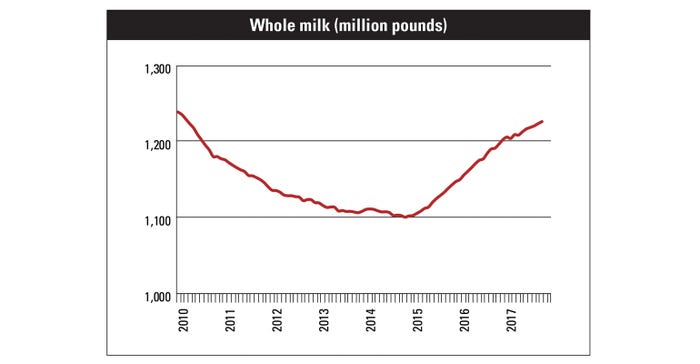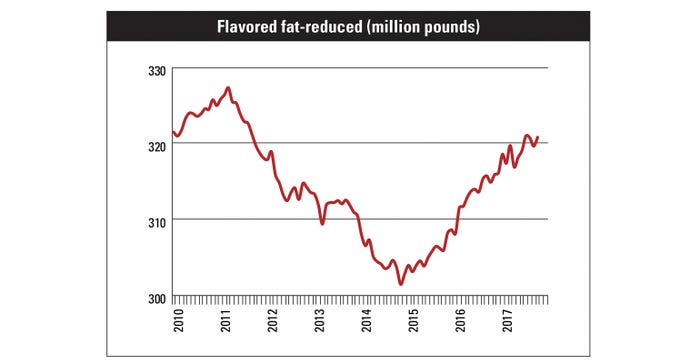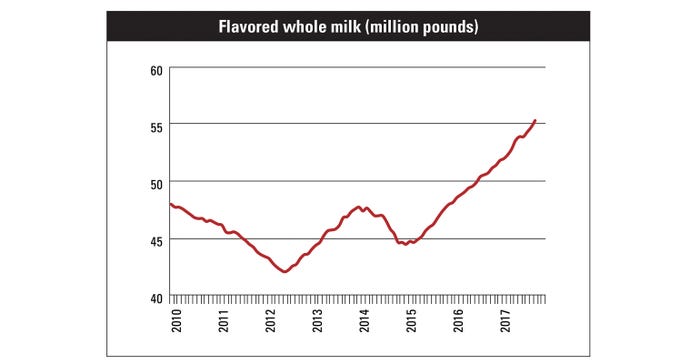
Several weeks ago, a farmer friend asked: "How’s life treating you?" I replied: "Awesomely blessed, despite earthly aggravations," then mentioned spending three days in the "deep state" — Washington, D.C.
With a wide, understanding smile and not even a hint of a tear, he softly replied: "Oh, I’m so sorry for you." He, too, has been there and done that.
Being Farm Progress’s nearest editor — just 50 miles north of our nation’s capital — earmarked me as one of two "farm bill policy wonks." Witnessing the political process of creating a farm bill has many similarities with sausage-making — not something one with an easily turned stomach should watch.
My co-conspiring wonk and I have been reporting on the making of the House version of the 2018 Farm Bill. It’s hugely disappointing to witness the split and disrespect between House Democrats and Republicans. Changes happen too fast to cover them in the magazine. That’s why our extensive farm bill coverage has been on AmericanAgriculturist.com and sister websites.
Souring dairy milk
Bluntly put, federal regulations are "souring" milk’s reputation — and its markets. As noted in our "Skim milk an imitation dairy product? Say it ain’t so" story, the Food and Drug Administration’s rule calling pure skim milk an imitation dairy product is one example. Yet, FDA has no problem with soymilk, almond milk, Milkadamia and other products cashing in on milk’s solid nutritional reputation.
In "Schools give milk an A’; USDA regs a ‘D’" on page 5, the National School Lunch milk regulations specify skim or low-fat milk. USDA’s dietary bureaucrats only recently conceded to add chocolate to the choices. Reason: The children and youths were turning down milk they didn’t like and choosing sugar-spiked commercial beverages.
The accompanying national dairy consumption graphs show that even adults distaste skim and low-fat milk, and favor whole milk and flavored milk. I learned long ago in animal science class that fat is what gives meat and milk its flavor.
John Newton, American Farm Bureau Federation’s market intelligence director, says, "Efforts to expand access to full-fat milk products would lift fluid milk consumption and enhance dairy farmer income." Reason: Taste matters. And he adds: "Innovation in the dairy case is needed to get dairy products in the hands of the on-the-go consumer and recapture lost market share." And school milk choice would be an excellent place to start.
Unfortunately, this brings us back to the "deep state" issue. Little changes fast in the nation’s "politically correct" regulatory environment – even with great congressional effort. Congressman Glenn Thompson, R- Pa., vice chair of the House Ag Committee, has been working for years to get full-fat milk back into the school lunch program.
"We have to take baby steps," he says, "and started with 1% milk and flavored low-fat milk. He has already rewritten legislation to allow schools to choose to offer 2% milk. A year from now, he expects to write a bill allowing schools to choose whole milk.
Milk’s still good for you
A recent article in Today’s Dietician pointed out that milk fat isn’t one glob of fatty acids. Some 400 different fatty acids in whole milk include 62% saturated, 30% monounsaturated, 4% polyunsaturated, and 4% other types, notes Adam Lock, dairy lipid and nutrition expert at Michigan State University.
Naturally-occurring trans fatty acids include healthful conjugated linoleic acids. When fat is removed from milk, so are those benefits.
Growing evidence indicates dairy fat is beneficial, adds Greg Miller, president of the Dairy Research Institute. Most saturated fat in milk has no effect on circulating cholesterol and no negative implications for human health. New research even shows higher intake of dairy saturated fat to be associated with lower blood pressure and reduced risk of type 2 diabetes and cardiovascular disease.
Here’s how N.Y. builds milk markets
In Gov. Wolf, the Action Team needs a kick in the butt and in Food for Thought on page 8 of the May issue of American Agriculturist, we noted how New York aggressively courted dairy manufacturers. Here’s an example of how it’s done — details of the latest win-win for dairy farmers in upstate New York:
Italian cheese-maker BelGioioso Cheese of Green Bay, Wis., has inked a deal with Empire State Development to build a $25 million plant at the Glenville Business and Technology Park. The $1.3 million purchase puts the 40-acre former naval supply depot back on Schenectady County’s tax roll.
Here’s the deal: New York’s Excelsior Jobs Program will give the company $850,000 in performance-based tax credits. It’ll also receive a payment-in-lieu-of-taxes agreement through the County Development Authority — a tax credit amounting to 50% of its value in the first year of operation, with taxes scaling up to 100% after 10 years.
BelGioioso operates nine plants across the country, making fresh mozzarella and about 30 other cheese varieties. It bought Schenectady’s Cappiello cheese plant in 2011, and will operate both. State Ag Commissioner Richard Ball sums the deal up nicely: "Once the BelGioioso Cheese plant comes online, a number of New York producers will have a new home for their milk."
Bite-sized morsel
Life doesn't always deliver the best children or parents — or even politicians. But you and I are responsible for making the best with what we're given.






About the Author(s)
You May Also Like




